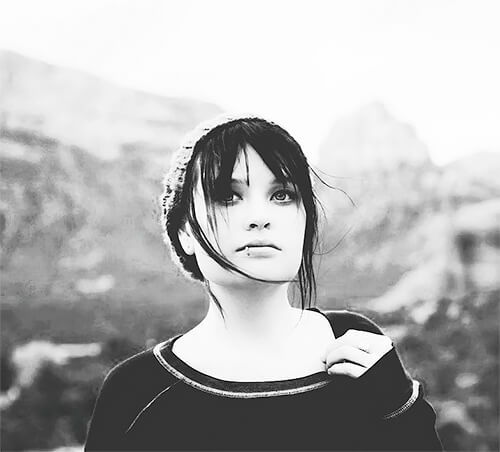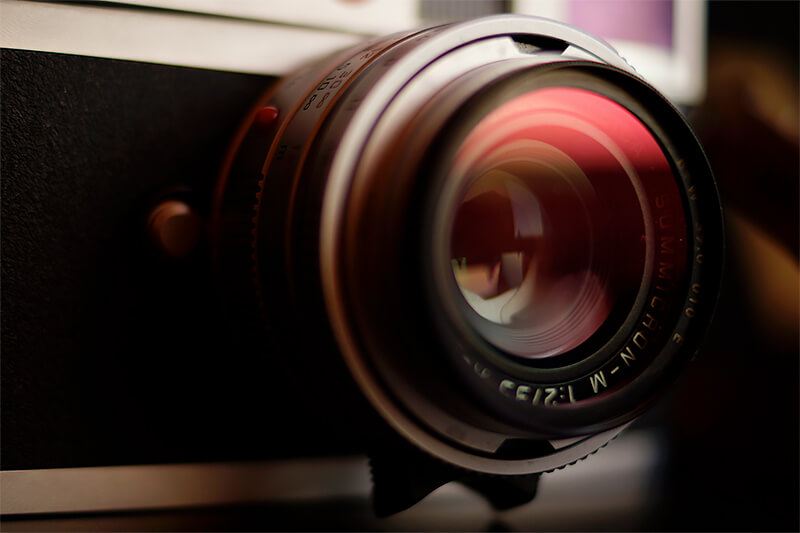There are different types of digital cameras presently. One thing that stands to differentiate each of them is their specifications. Camera specification is the most important thing to consider when buying a digital camera. There are quite a number of these specifications ranging from;
Resolution: The quantity of pixels on the image.
Lens aperture: The
maximum opening of its lens. It determines the amount of light gathered and the amount needed to take a good photo.
Shutter speed: It determines how easily or how fast you can shoot a moving object.
Other camera specification to look out for are aspect ratio, lens quality, ISO range, life lens zoom range, sensor, battery etc. all these make for a good camera. You don't need to be a pro to take good shots with the camera. If you're new to photography, you'll find the following tips useful for you.
Tips for newbies
1. Hold the camera steadfastly
A lack of steady grip of the camera will often lead to camera shake and consequently blurry images. You can avoid this by learning to hold the camera correctly. The camera is held close to the body with both hands. One hand has to be on the body of the camera and the other one should be around the camera's lens. Some experts even advise ceasing your breath at the moment you are about to take your shot, in order to ensure you're as motionless as possible.
2. The exposure triangle rule
Just like a renowned
AssignmentGeek professor would say; being the best at using your tools is not as important as producing the best results with your tools. To get the best out of your camera, you must understand the use of three basic parts of the camera; the ISO, shutter speed, and the aperture. These three often work together. When one of them is adjusted, at least one of the other two has to be adjusted too, in order to get the desired quality.
3. Simple background is perfect
You might want to impress so much with your photography that you over complicate everything. In photography, simple is best. A simple, plain background will do just fine. You just have to decide what you want to feature in the photograph and remove what you don't want. You don't want to distract viewers from the focal point of the photo with an odd, multi colored background.
4. Make sure you have the needed ISO
The ISO determines the camera's sensitivity to light. There are different ISO depending on the amount of light present. The ISO should be increased if the picture is to be taken in the dark. This increase the camera's sensitivity to light and avoid blurry images. An ISO of 100 is good on sunny days but in the dark between 400-3200 depending on the level of darkness.
5. Polarizing filter
Ensure you get a circular polarizing filter for your lens. Filters help to reduce reflection from metals, water and glass. It improves the color of the image especially of the sky and gives the lens the needed protection. It works well for all photos.
6. If you're indoor, put off the flash
Flash don't usually look good on a picture taken indoors. There are a number of ways to take an indoor photograph without using flash. The first thing to do is to increase the ISO depending on the amount of light needed. This will make the lens highly sensitive to light and might just make the needed difference.
Secondly, use a wide aperture. This will allow the sensor to receive more light. If the use of flash is very necessary, then use one that has a head that can be rotated. You can then point the flash light, at an angle to the ceiling. Pointing it directly to the object would produce undesired shadows.
7. Lighting off-camera
This might be worth considering if you like
flash photography and want to experiment with it. It's a break from the usual on-camera flash. This is done by using a separate flash. You can get a portable flash that is powered by battery and can be used on camera or you use studio lights.
8. Clean your sensor
It's not impossible that your sensors get dusty especially if you change your lenses while working on the field. If you're taking your shots at a wide aperture, this is not a problem but over smaller apertures, it can appear as spots in the image.
9. Get a good strap
It's for your convenience to get a good strap for your camera, so you can be comfortable enough to give the best possible shots.
Conclusion
If you've not been applying the tips above, now is the time to start doing so. And you would soon realize that you don't have to be a pro with camera, before you can take good shots. Your photography would be more valuable and pleasurable when you produce high quality photos.
Alexandra Reay has been working as a journalist and editor in one of the finest Melbourne publishing agencies for 3 years. She is also a professional content writer who prefers to do research on the following topics - self-improvement, technology innovations, global education development etc.


